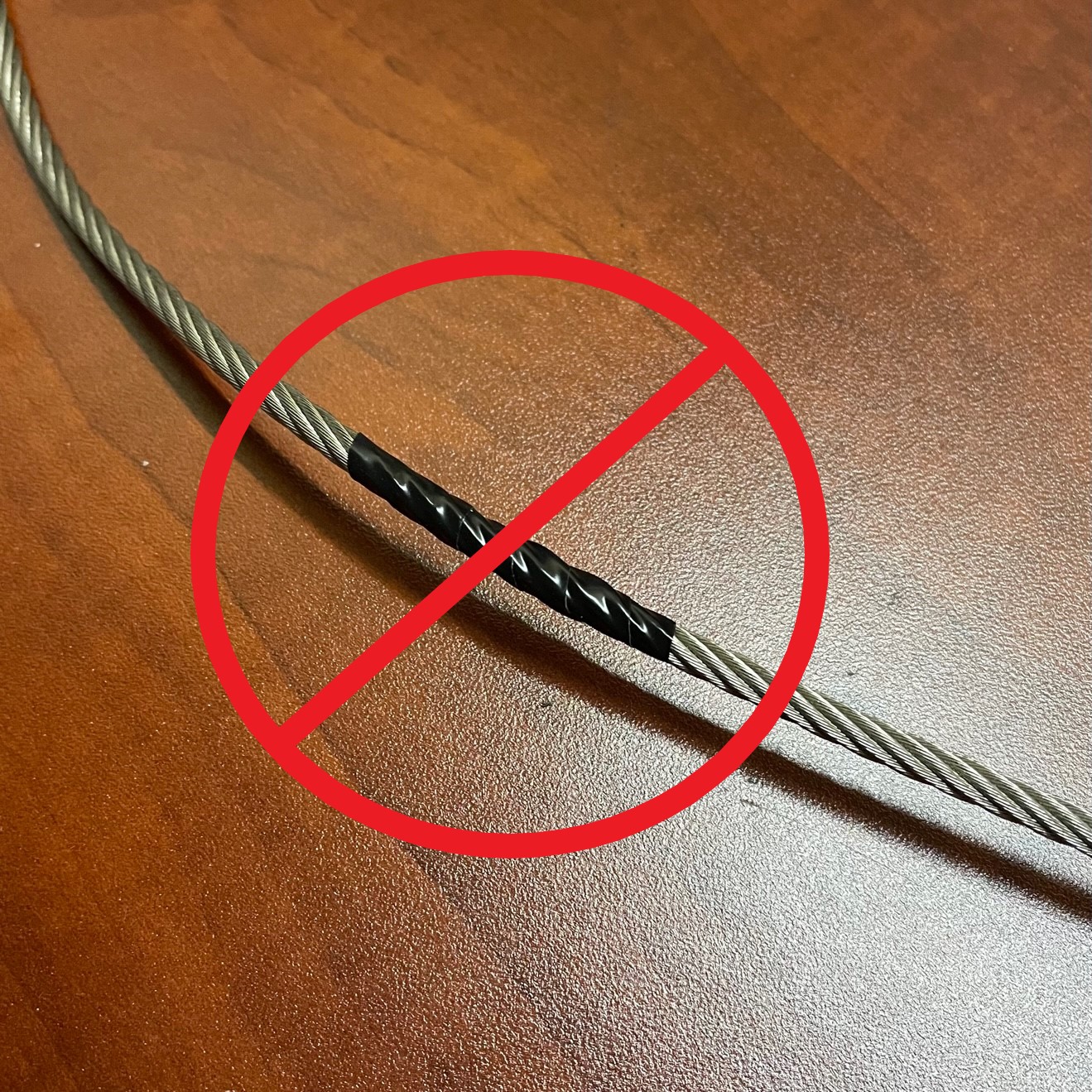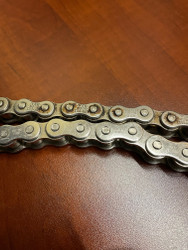Some Safety at Sea Basics pt 1
Posted by Dave on Mar 11th 2022
There's no arena where the proverbial ounce of prevention is more valuable than safety at sea. Murphy's Law and simple logic dictate that things always go wrong at the worst possible moment - nice sunny days with a moderate sea breeze don't tax your systems too much, but more challenging conditions certainly do, and they also raise the degree of difficulty for stabilizing and correcting situations that have gone wrong. As we prepare to do a mini-tour of safety at sea seminars, here are a few quick basics.
First, make sure your gear is on operational condition, and know how to use it. For steering gear, have a look at our steering system inspection check list and watch our steering system maintenance video. If you haven't yet become familiar with your boat's steering system, this is a great process to learn about it and give yourself a chance to bring everything into top condition while time is still on your side. Three items in particular to look at are your steering chain, your steering cables, and your engine control cables.

By the time rust is visible in your chain, it's strength has been severely compromised. Edson recommends a service life of no more than 10 years for the steering chain and cable on a saltwater boat, less if it is in warmer and more saline conditions like Florida or the Caribbean. If your chain looks nice and clean like the bottom chain in the pic, then a thorough dousing in Edson's Chain Care will both lubricate the chain and provide protection against salt corrosion. If your chain looks like the top chain in the picture, a replacement is overdue.

The easiest way to check cable health is to drag a cotton ball along the cable from end to end. If the cotton balls catches on the wire, that means strands are breaking down or have broken. Steering cables are made from flexible, pre-stretched 7x19 wire, but even the best wire breaks down with repeated bending over sheaves and quadrants/radials. A broken strand means the cable is compromised, and each remaining strand is taking up more work because of the broken one. If one strand broke, the others are surely weakened, and the broken one means the remaining strands are doing more work - you do the math... If the cotton ball test reveals a smooth, intact chain, a coating with Chain Care will also provide lubrication and corrosion protection for your cable.

One thing you see far too frequently is cable covered by electrical tape where a broken strand has been found. This might save your fingers from getting meat-hooked as you work near the steering cable, but it does nothing to prolong the life of a cable - in fact covering the broken spot with tape accelerates corrosion. If your goal is to avoid problems at sea, replace the cable when you find broken strands.
It's a law of the sea that engine control cables only break when you're in the most crowded harbor in the most challenging conditions, with the greatest number of spectators. Engine cables are on the same replacement schedule as chain and cable - 10 years in normal salt water environments, and less in more saline and warmer conditions.
Finally on steering, be familiar with your boat's emergency steering system. If you have an autopilot with a separate autopilot tiller arm (never attach an autopilot arm to a quadrant or radial - more on this in a separate post), then you already have a redundant steering system and can use that in case of a steering system breakage. Your boat likely also has an emergency tiller, which you should know how to find and deploy in an emergency. If the first time you reach for the emergency tiller is when you need it, you've left yourself in a tough spot. Take it out and install it on a calm day, see what limitations it presents, and be ready if and when you ever need it.
This is a brief overview of the most basic elements of preventing problems before they happen. In the next post, we'll have a look at pumps.

